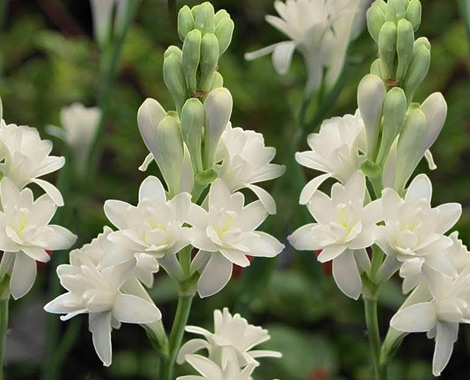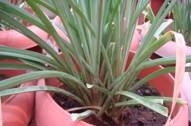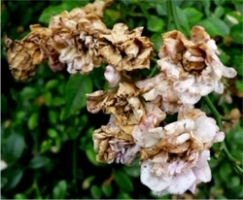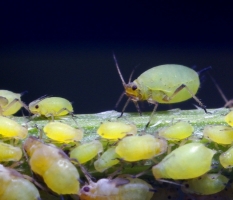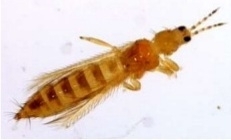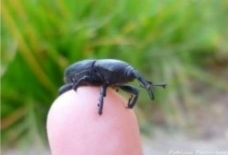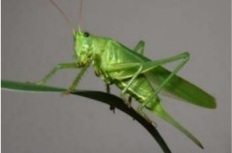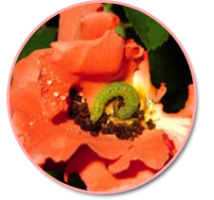Single varieties
Calcutta Single: White flower variety. Single spike having length of 60cm gives approximately 40 flowers. They are mainly use as loose or cut flowers.
Prajwal: Released by IIHR (Indian Institute of Horticultural Research), Bangalore. The variety is made by the crosses between “Mexican Single” and “Shrinagar”. It contains slightly pink color flower buds from which white color flowers are born. They are mainly use as loose or cut flowers.
Double varieties
Rajat Rekha: Released by NBRI (National Botanical Research Institute), Lucknow. Its flower contains silvery white color streaks along the middle of the leaf blade.
Pearl double: Pearl double is given its name as it contains red tinged flowers which are known as pearls. They are used as cut flowers, loose flowers and for essential oil extraction purpose.
Vaibhav: Released by IIHR (Indian Institute of Horticultural Research), Bangalore. The variety is made by the crosses between “Mexican Single” and “IIHR 2”. It contains greenish color flower buds from which white color flowers are born. They are used for cut flower purpose.
Other state varieties:
Single varieties: Arka Nirantra, Pune Single, Hyderabad single, Khahikuchi Single, Shrinagar, Phule Rajani, Mexican Single.
Double varieties: Hyderabad Double, Calcutta Double.
Semi-double varieties: Kalyani Double, Suvasini.
Variegated varieties: Swarna Rekha.
Variegated single varieties: Rajat (having white margin).
Variegated double varieties: Dhawal (having golden margin).

